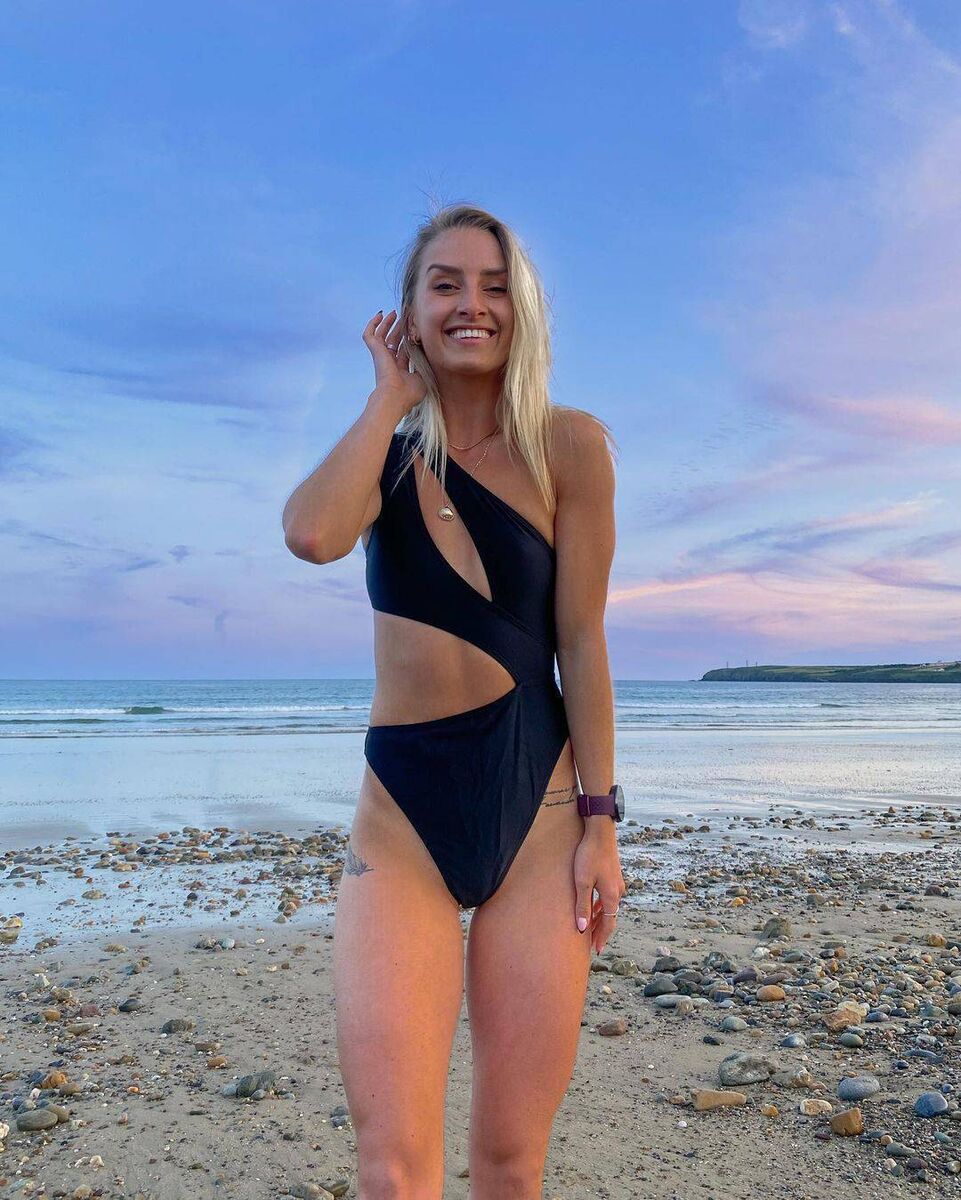'For years I didn't take a day off': Ireland's top influencers on life behind the lens
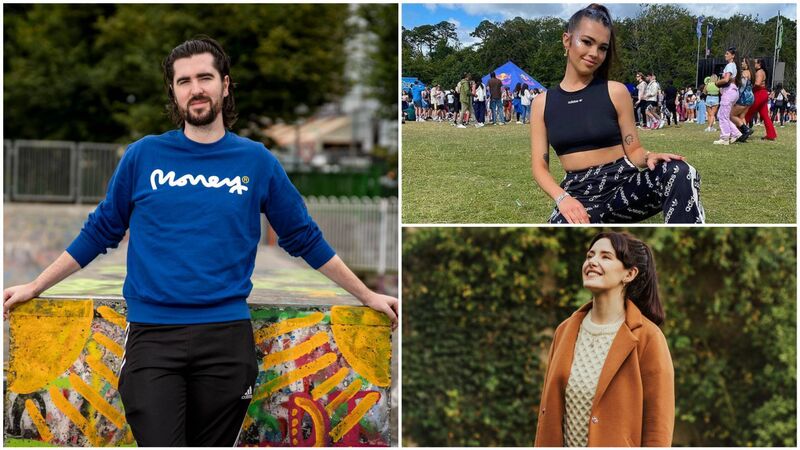
Under the looking glass: Daithí De Nogla, Miriam Mullins and Melanie Murphy have millions of followers watching their every move
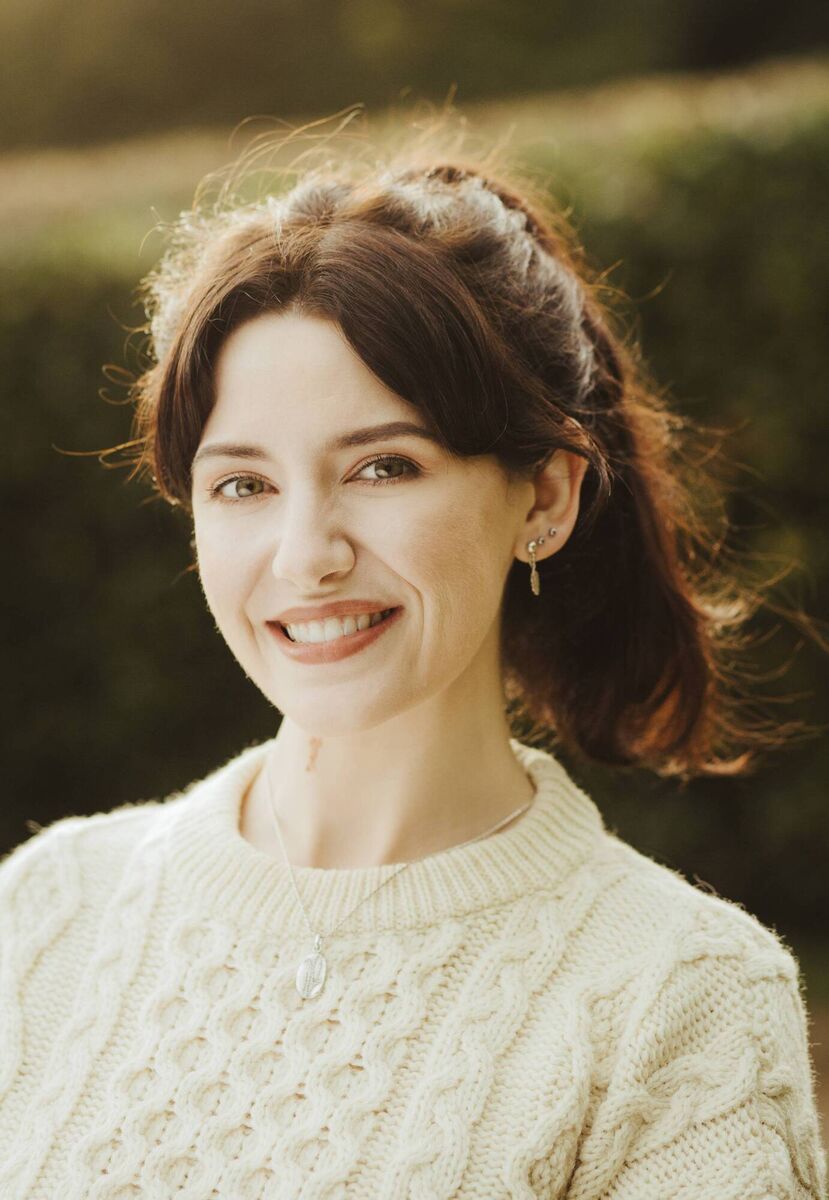
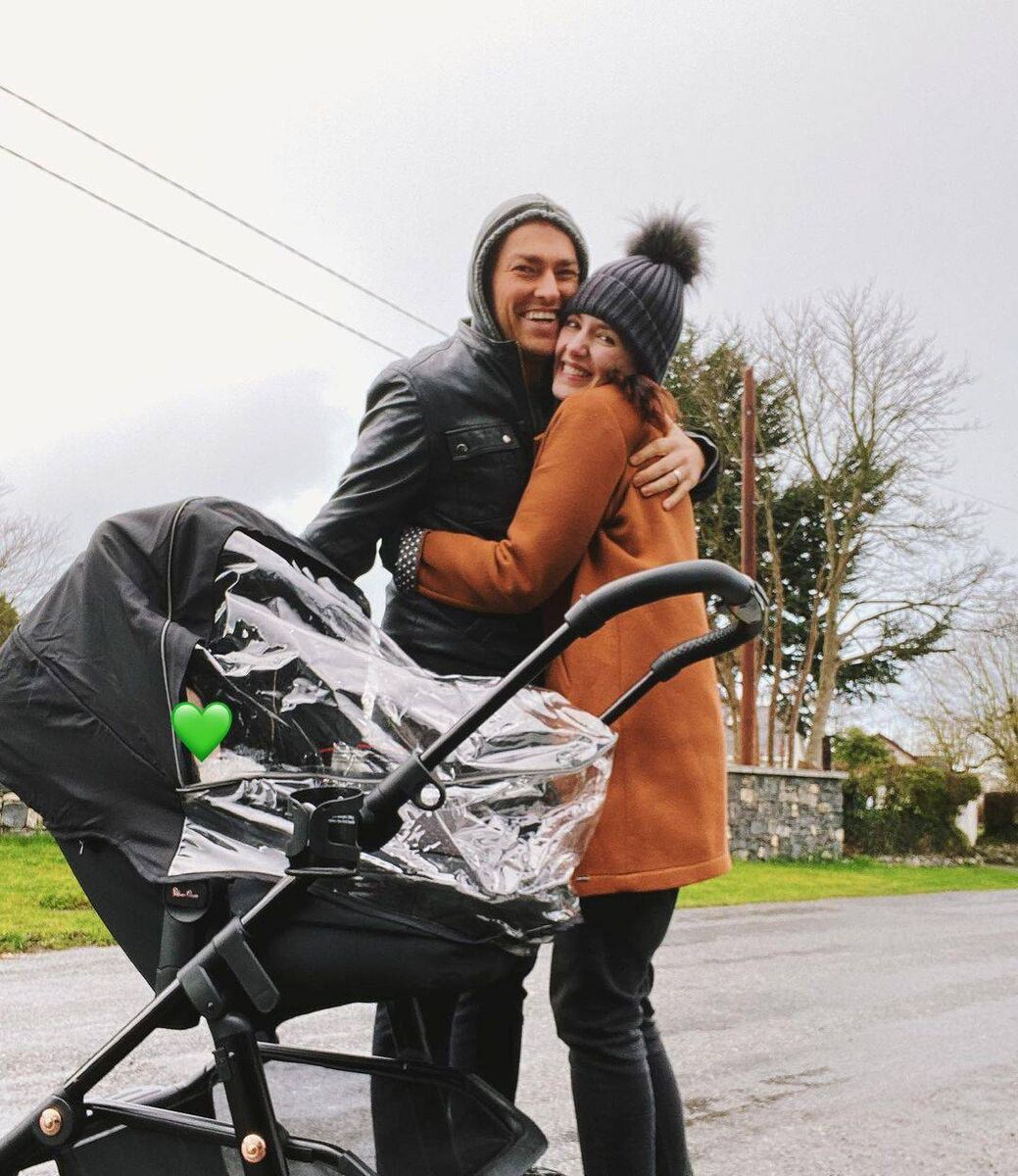
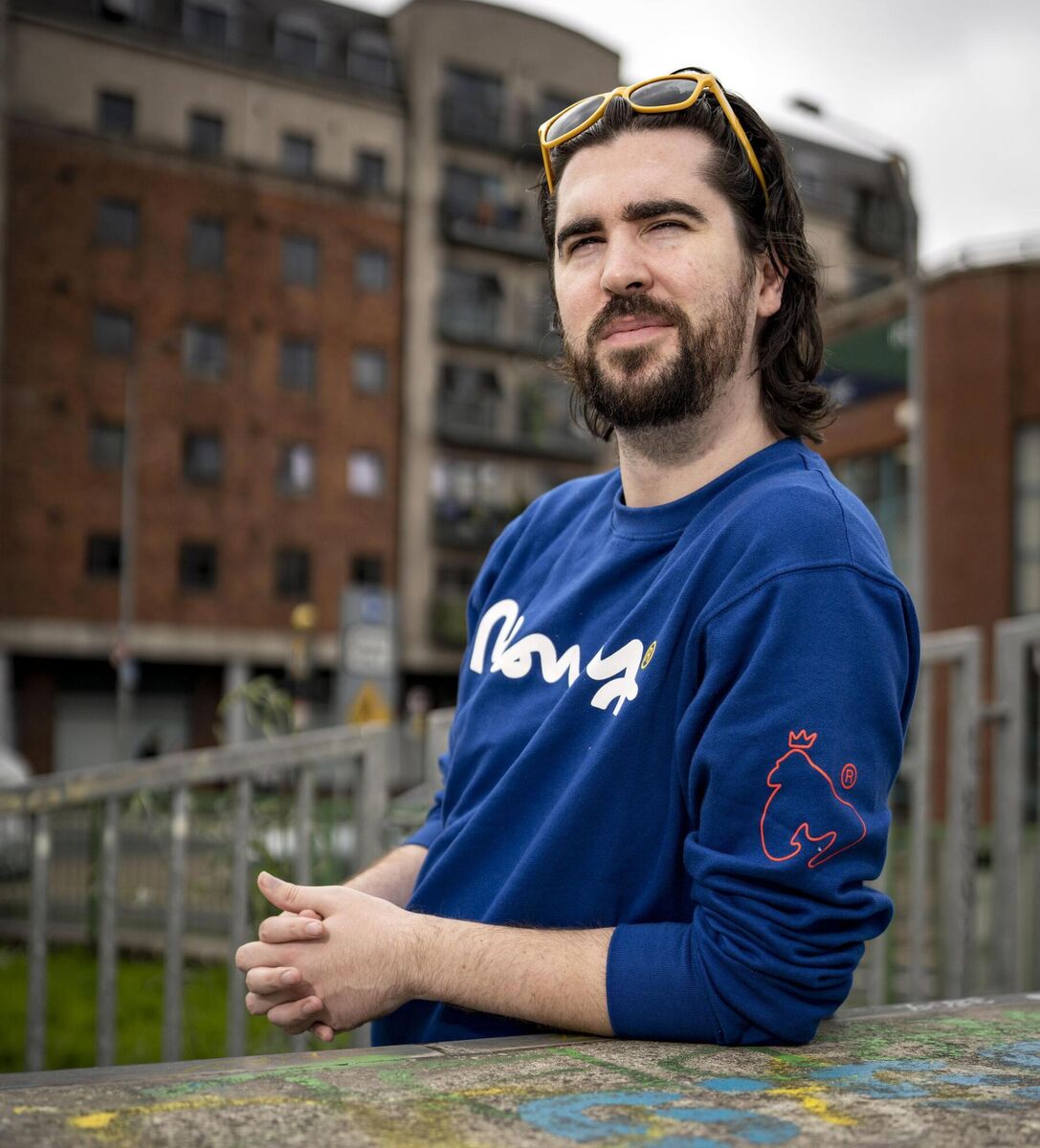
- Limerick and LA
- Youtube
- 7.45M subscribers on Youtube
- 2.5M followers on Instagram
- 1.9M followers on Twitter
- 504.6K followers on TikTok
- 67.7K followers on Twitch
When interviewing someone for a profile, you usually look for some basic information — their age, location, their kids’ ages/names. But Limerick-born Daithí De Nogla is hesitant to share such details, and for good reason.
“I don’t want to dox myself,” he laughs, referring to when someone’s private information is published online as a form of punishment or revenge.
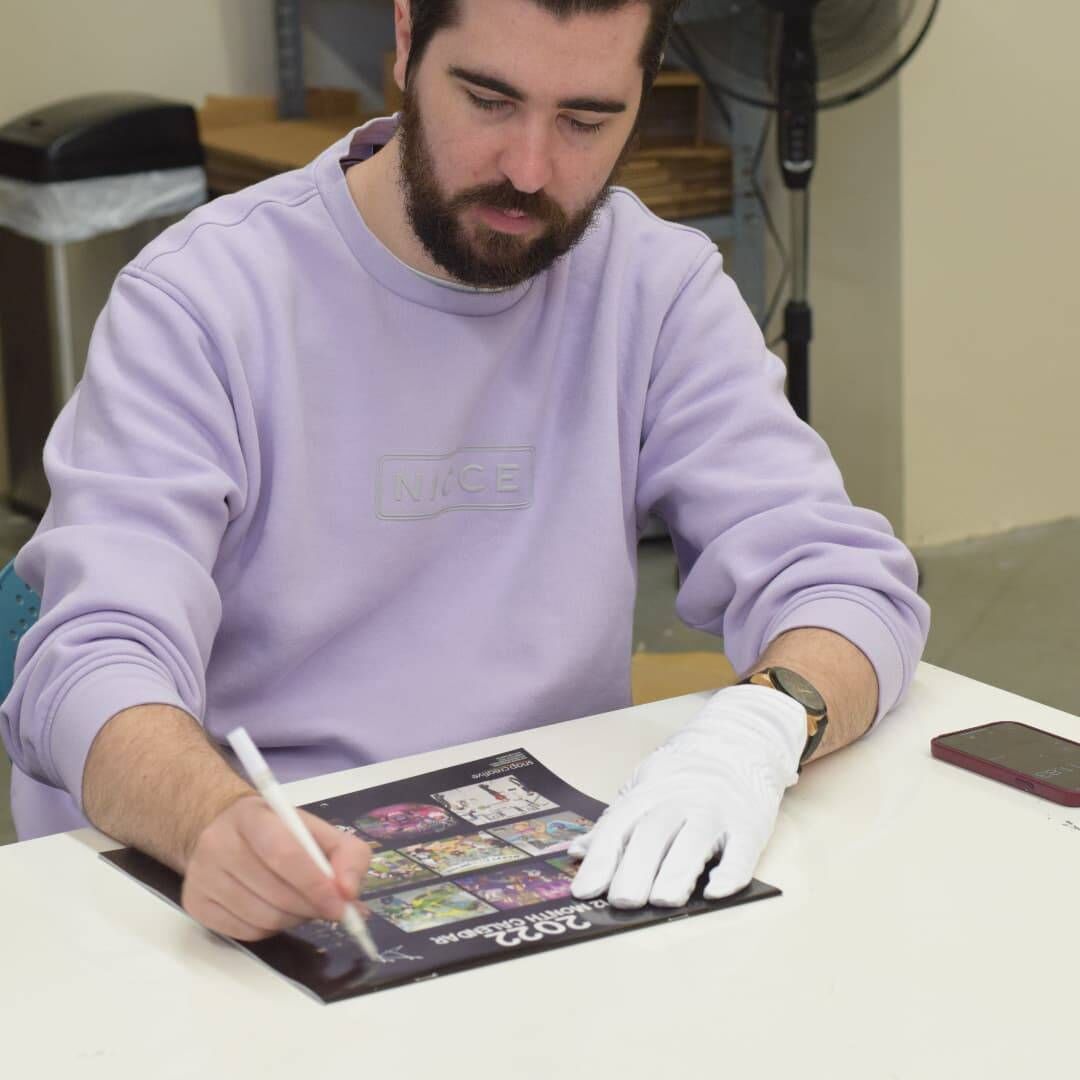
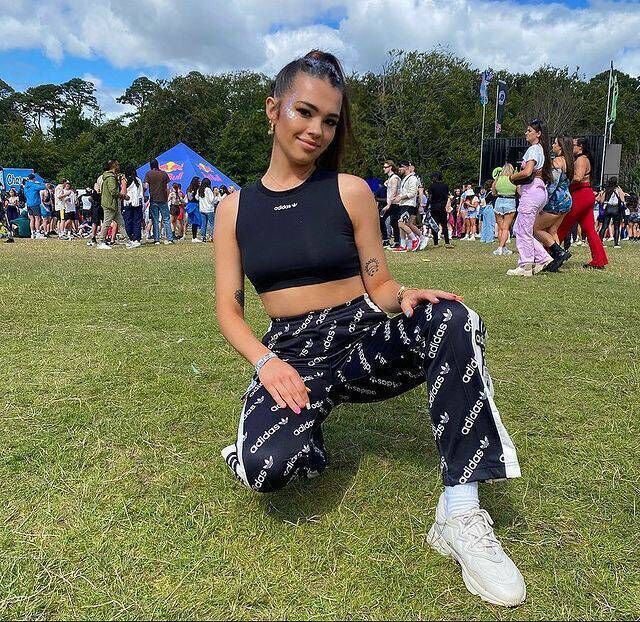
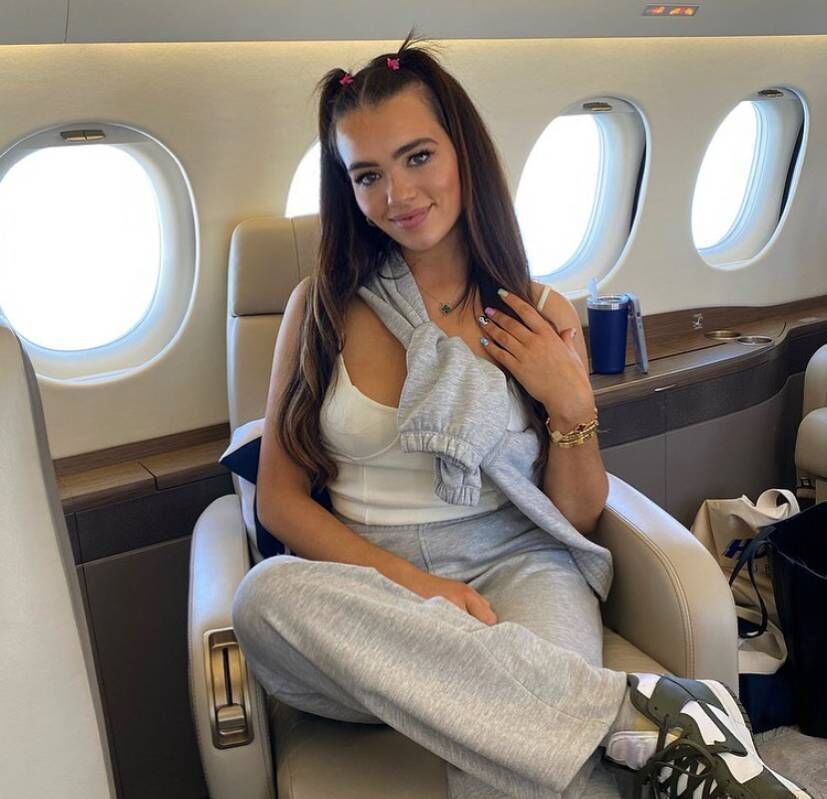
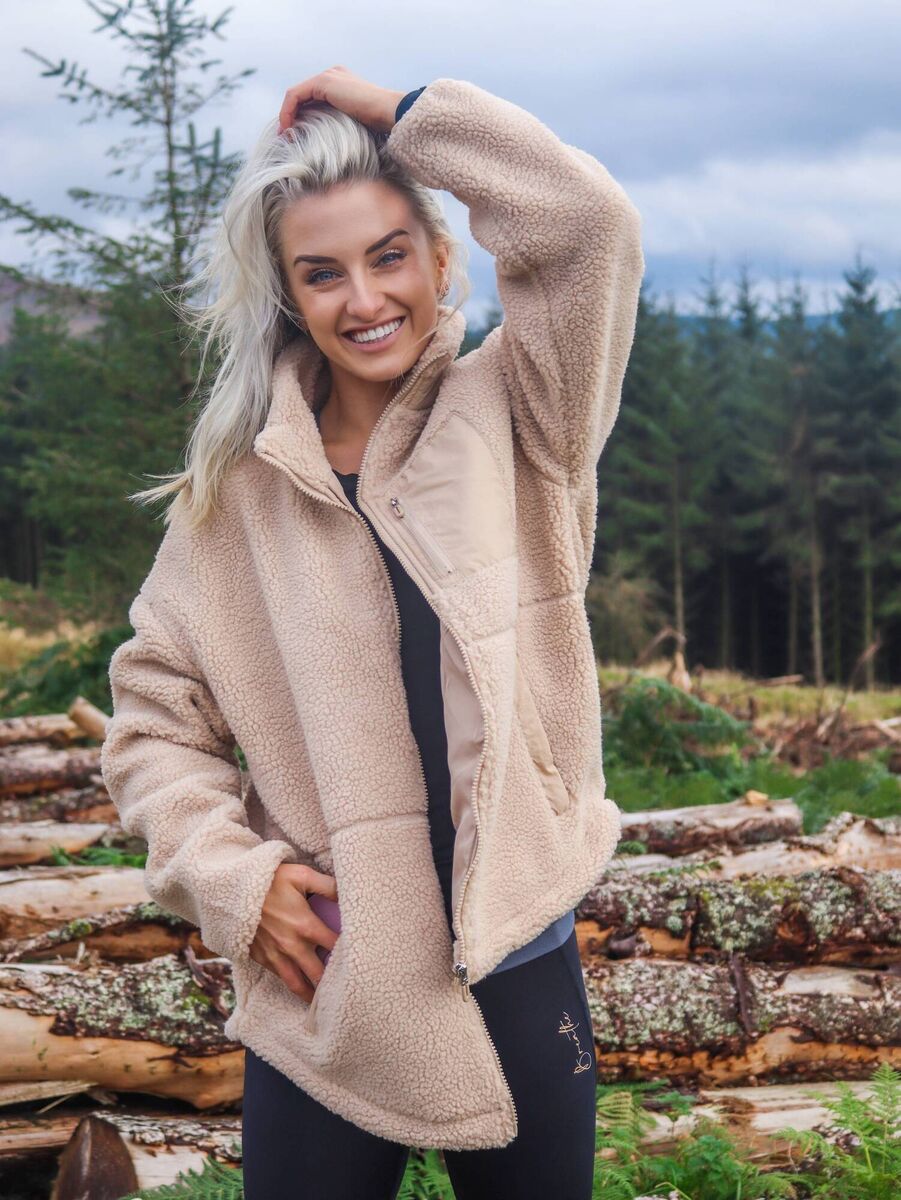
Nathalie Lennon is a radio host, an earth scientist, a health and nutritional coach and with over 66k followers on Instagram — an influencer. But, there was a time she was uncomfortable using that word about herself.
